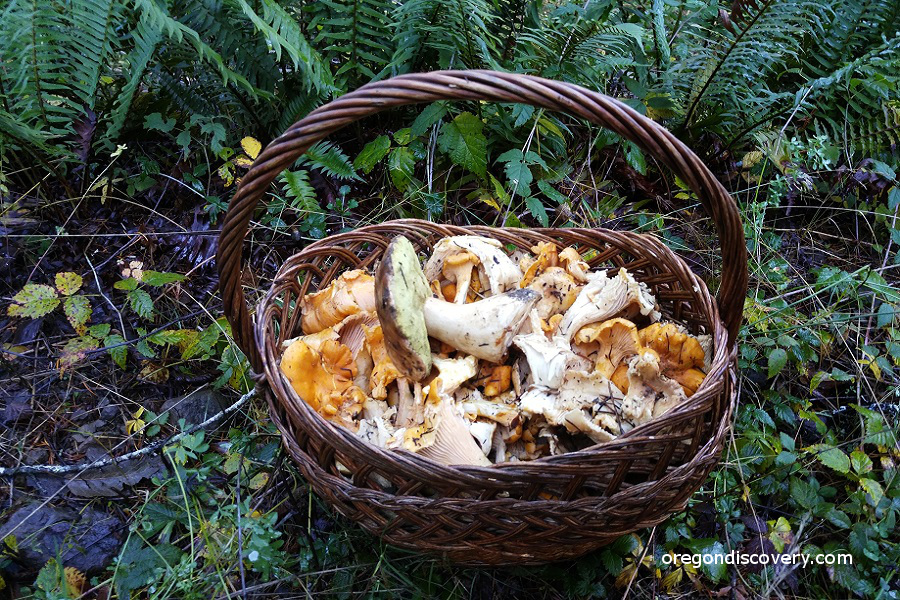
• Wild edible mushroom foraging is interesting and exciting hobby
• The golden rule of thumb for mushroom collecting is approaching with absolute caution
There are about 10,000 fungal species that have been identified and described from all over North America. Roughly 10 to 20% of the mushroom species are edible, 5% have medicinal properties, 20% can make you sick, and about 1% are known as deadly.
Before heading out to collect mushrooms, take a moment to learn some important details that will make your experience enjoyable and risk-free. The best advice you can get during wild edible mushroom foraging is to approach it with absolute caution. There are very many species in the world. This means it is easy to confuse edible with poisonous ones.
The golden rule of thumb for mushroom collecting is to avoid anything suspicious and to have a guide on hand to confirm that your basket isn’t full of deadly look-alikes. It is wise to use a few field guides to cross-reference.
Check Mushroom Safety Guide for more information.
Popular Oregon Wild Edible Mushrooms
Mushroom Associations with Trees
Most wild edible mushrooms are mycorrhizal which means they build symbiotic associations with the roots of ectomycorrhizal trees and shrubs. Due to the mushrooms lacking chlorophyll, they are not able to obtain energy from the sun and synthesize carbohydrates (sugars). Instead of this, fungi use their underground networks of hyphae to receive sugar and other nutrition from the trees. In return, plants obtain minerals and water from the soil through these networks.
Different mushrooms grow under certain types of trees and prefer a specific climate and soil. Finding the right forest that is suitable for particular species of fungi is key to a successful search and proper identification.

Douglas-fir supports boletes and chanterelles.
Pine is associated with boletes including King boletes, hedgehog mushroom, matsutake, chanterelles, slippery jack, and other suillus.
Under Oak, you can find boletes, chanterelles, blewits, black trumpets, honey mushrooms, and oysters.
Western hemlock hosts a number of fungi such as boletes, matsutake, chanterelles.
Sitka spruce is associated with boletes and slippery jack.
Aspen is a common host for oyster mushrooms, honey mushrooms, and aspen boletes.
Willow is associated with oyster and honey mushrooms.
Birch supports chanterelles, hedgehogs, and boletes.
Boletes


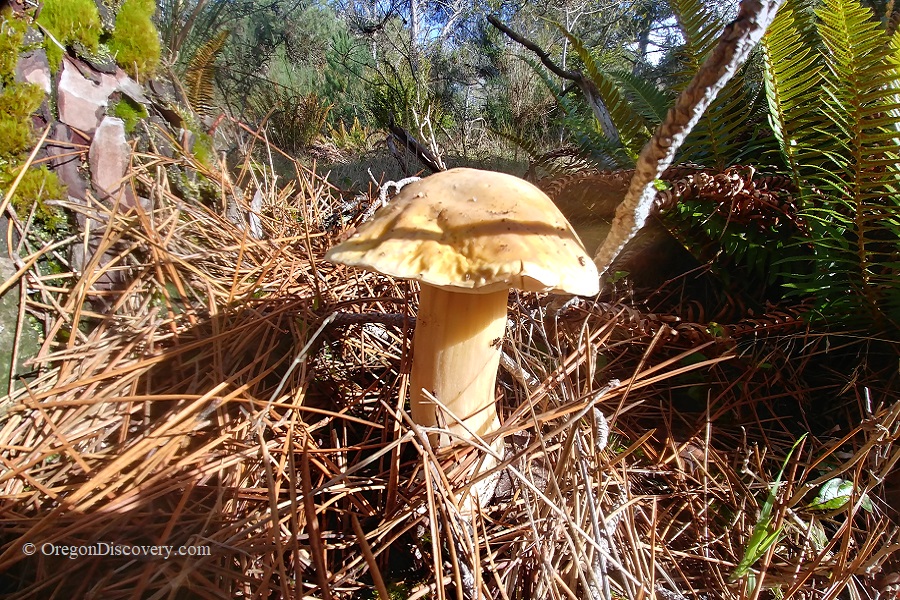
Boletes are the safest wild edible mushrooms for novices to collect. These mushrooms are easy to identify by their appearance and spongy-like surface underside of the cap. Bolete is a broad species of mushrooms that contain many edible species and only a few poisonous or bitter ones.
Chanterelles



Cantharellus in Latin means "little drinking cup". One of the most popular species of edible mushrooms all over the world, chanterelle tends to be the most difficult fungi to cultivate. Highly-prized wild-picked chanterelles are exported worldwide.
Suillus

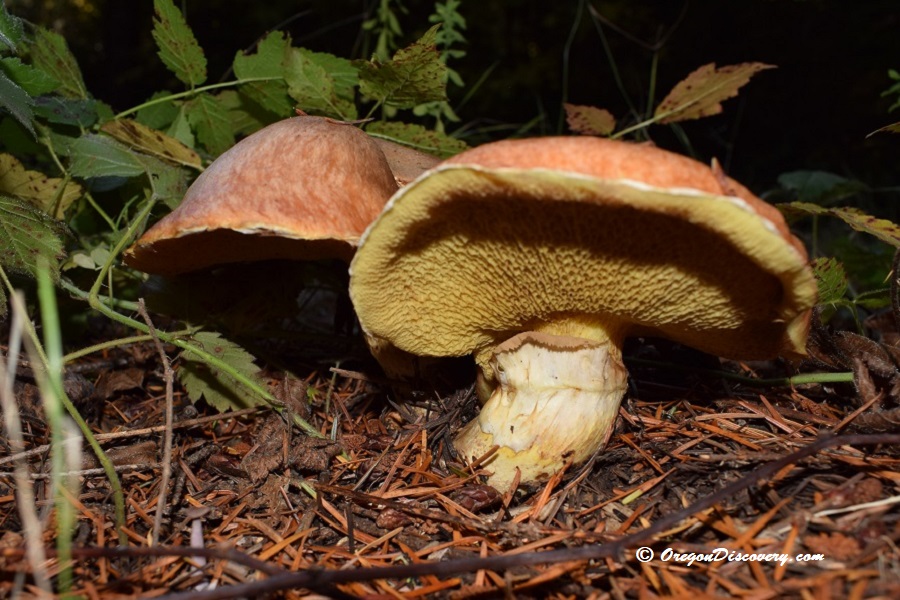
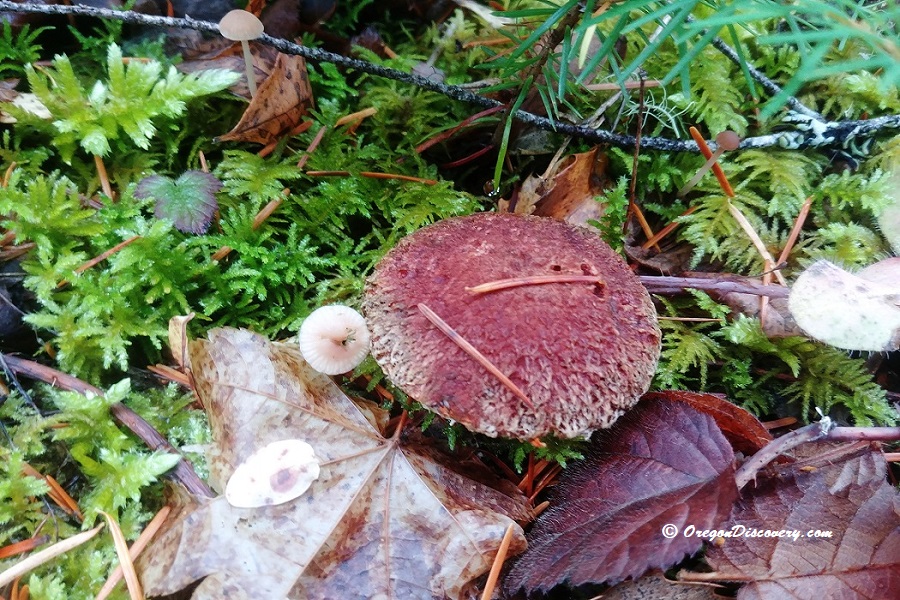
Several species of the Suillus genus are edible when thoroughly prepared. The term Slippery Jack is often applied to a few members of Suillus. It is called "Slippery" because a cap of the mushroom is slimy and sticky when wet. The genus name means "swine" in Latin, a term that was used to define a type of mushrooms.
Hedgehog Mushroom
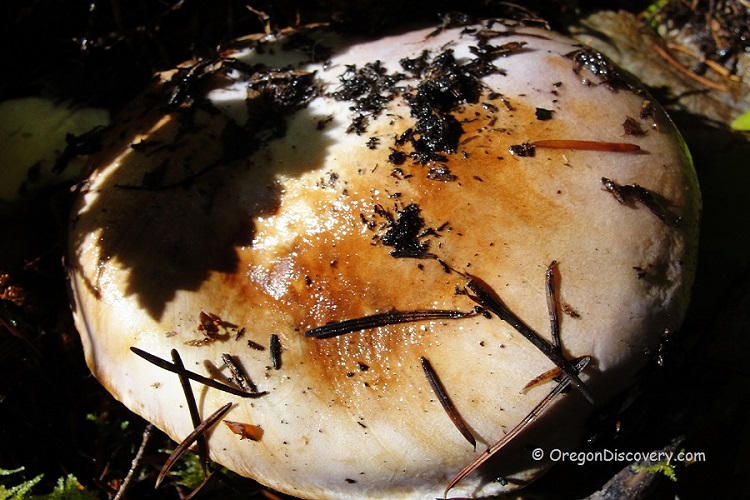

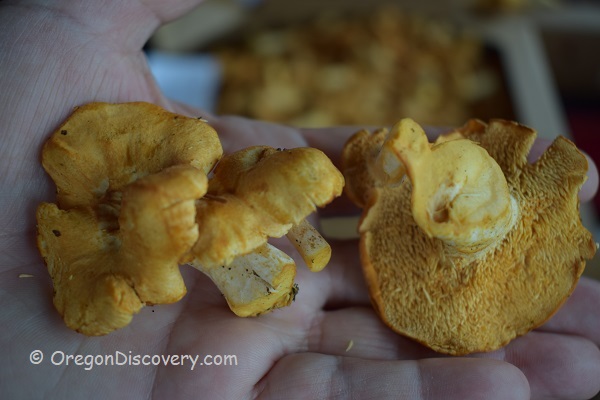
Hedgehog (Dentinum Repandum), also known as Sweet Tooth, is a small family of popular edible fungi. Typically, the mushroom is medium-sized, sometimes large, the color of the cap could be yellow, orange, or brown. The species are easily recognized by light-brown or orange tooth-like spines instead of gills or tubes and appear to be one of the safest species for beginners.
White Matsutake
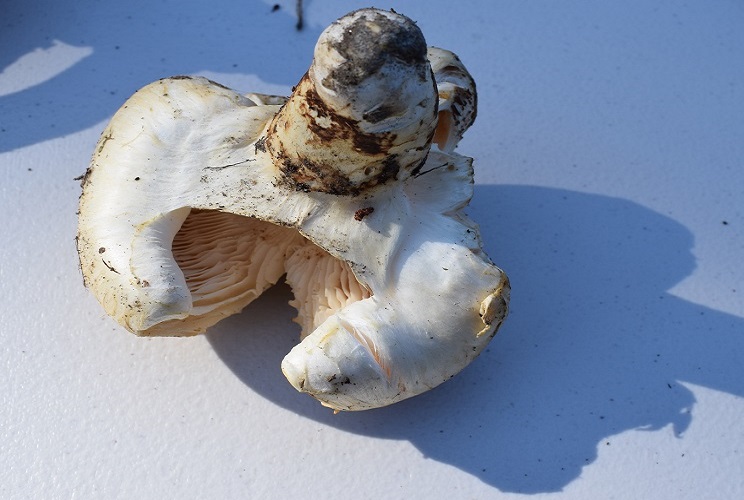


White Matsutake or Pine Mushroom is highly prized for its spicy cinnamon aroma and unique flavor. In Japan, Armillaria matsutake is the most valuable and expensive fungi and costs up to $500 per pound. The Pacific Northwest matsutake resembles Japanese species though it tends to have a bit different color and texture.
Lobster Mushroom



Lobster Mushroom (Hypomyces Lactifluorum) is not a real mushroom rather a parasitic fungus, living and feeding on the host mushroom. The mold attacks and grows on Short-stalked White Russula and Peppery Milky transforming and totally changing their appearance and taste.
Delicious Milky Cap
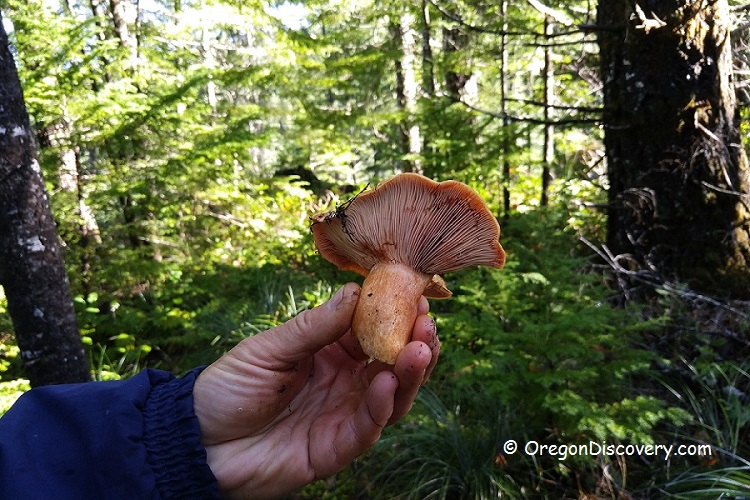
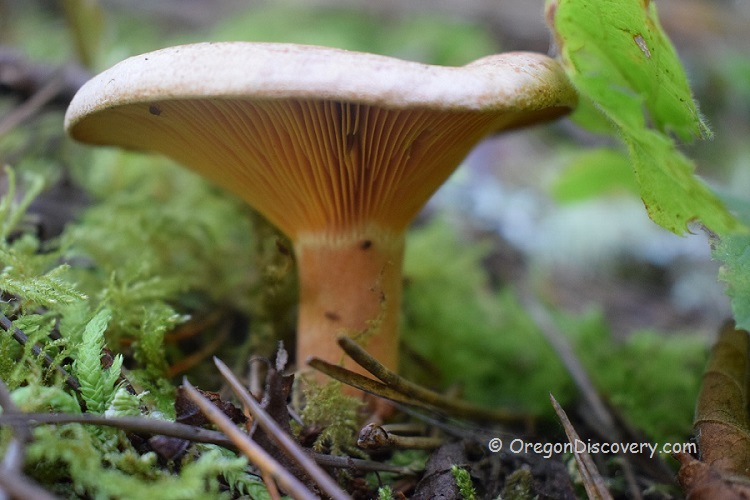

Milk Cap belongs to mushrooms of the Lactarius, Lactifluus, and Multifurca genera. Some of the milk caps are excellent edibles if cooked them thoroughly and a few are mildly poisonous. The mushroom common name is a reference to the milk-like fluid that is exuded when the fresh fungus is broken or cut.
Black and White Truffle

Oregon black and white truffles (Tuber Melanosporum and Tuber Gibbosum) are similar to the edible and extremely costly European truffles. This most expensive food in the world spurs interest in Northwest America for truffle foraging. In Oregon, truffles generally cost from $300 to $500 per pound.
A fruiting body of the truffle is shaped like a small potato, has an excellent aroma and rich taste. Truffle hunters use trained dogs to sniff out underground treasures.
Oregon Black Truffle
Fruiting Body: Irregularly round, potato-shaped, 1/4-2 inches (0.5-5 cm), firm, dark brown to black.
Flesh: Whitish to grayish marbled flesh with pineapple aroma.
Habitat: Underground under Douglas fir, northwest America.
Season: October-February.
Oregon White Truffle
Fruiting Body: Irregularly round, potato-shaped, 1/2-2 inches (1.5-5 cm), firm, whitish to brown.
Flesh: Whitish to grayish marbled flesh with white veins and canals. Strong garlic-like aroma.
Habitat: Underground under Douglas fir, west of Cascades, Oregon Coast.
Season: October-March.
Morels
Morels (Morchella Esculenta) are among the most highly prized mushrooms. There are varieties of forms and colors of the edible morels. However, all of them are spongy, have a conical appearance, and are completely hollow inside. Morels are great when dried and sautéed.
Cap: Cone-shaped, rounded top, covered with dip pits, edges between pits running irregularly, pale brown to grayish brown, 1-2 inches (2- 5 cm) wide.
Stem: Strong, hollow, pale, enlarged at base, 2-4 inches (5-10 cm) long.
Habitat: Open deciduous forests, orchards, gardens, and burned areas.
Season: April - May.

Caution. Do not confuse with toxic False Morels.
Wild edible mushroom hunting is a great hobby that provides great satisfaction. If you know what to pick, mushrooms can be an excellent source of nutrition for the whole family. If it’s your first time eating a particular type of mushroom, take your time to make sure that the delicacy is good for you. You should also follow the rules of mushroom harvesting in Oregon not only for your safety but also to preserve the important resource for generations to come.
National Audubon Society Field Guide to North American Mushrooms
All That the Rain Promises and More: A Hip Pocket Guide to Western Mushrooms
You May Also Enjoy
Disclaimer
This is not an official guide to wild mushroom foraging. Please, do your own research, be sure to practice with a mushroom expert before you pick up and consume any wild mushrooms. Before you start wild mushroom harvesting, learn to accurately identify poisonous mushrooms as well. All wild edible mushrooms must be thoroughly cooked. Make sure that you are not allergic to a new mushroom by trying a small amount before eating more.
The New Savory Wild Mushrooms by Margaret McKenny and Joseph F. Ammirati
Guide to Mushrooms by Simon&Schuster's

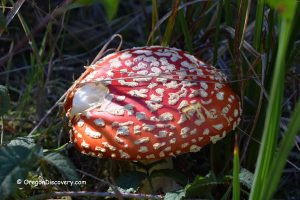
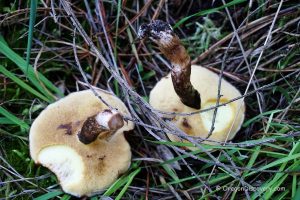

When will you have a class on identification of mushrooms?
I’ve been trying to find a guide to take me mushroom hunting near Redmond/Bend this fall.
Can you recommend a mushroom hunting guide?
Do you know anyone interested in buying white truffles.
brentl757@gmail.com
Hi, if you’e still looking for a guide a lot of people recommend All That the Rain Promises and More by David Arora. I also think supplementing this with a local guide like Mushrooms of the Pacific Northwest by Steve Trudell would be useful.